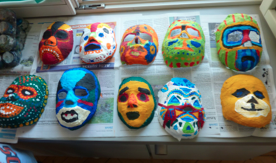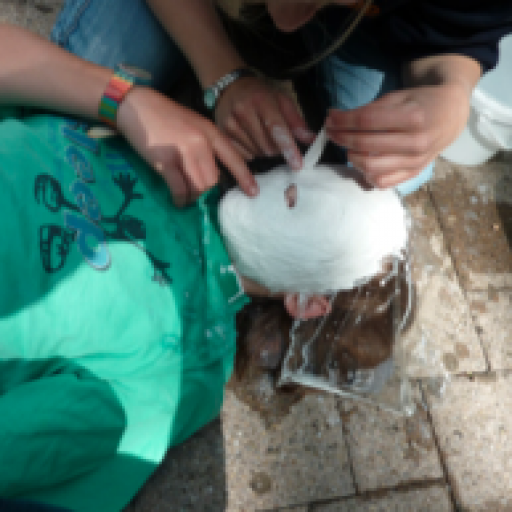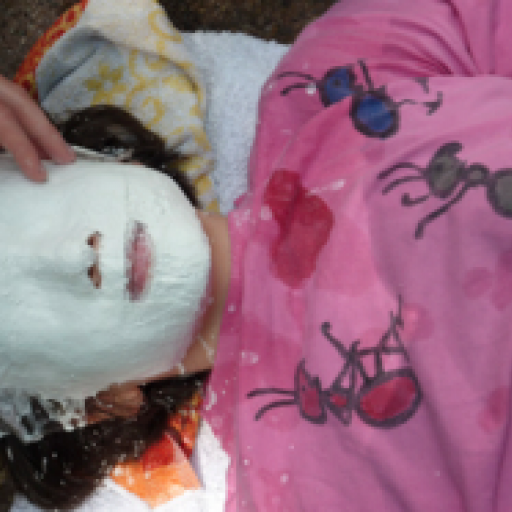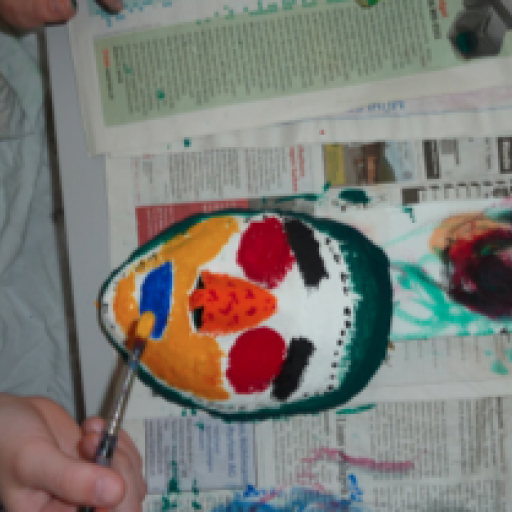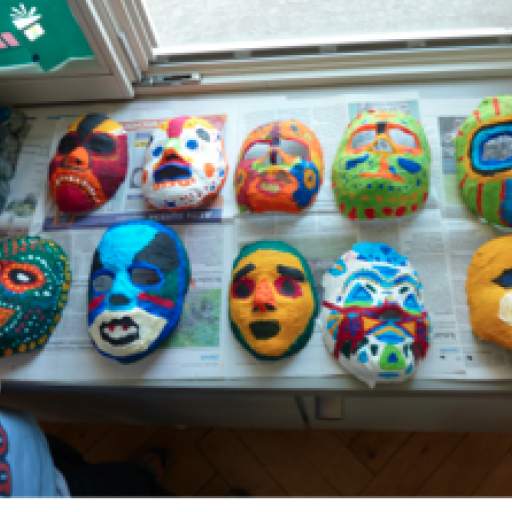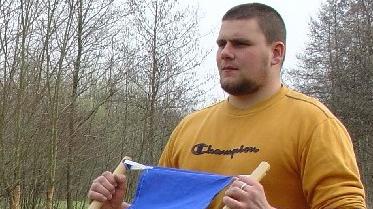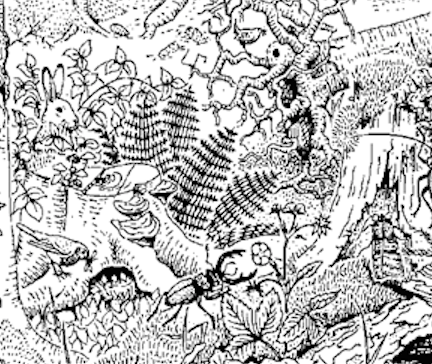Have you ever tried making plaster masks? Haven't you? It's a great craft, but needs some instruction.
Instructions
Either work outside on the floor or cover the floor with plastic
||
Cut the plaster bandages into large and small pieces - best done in a cauldron/container
||
Proceed in partners:
Someone applies Nivea cream very well to their face (including eyebrows and at the hairline) - you can also cover the hairline and eyes with cling film for safety
||
The second person takes a plaster bandage piece, places it in a bowl filled with water and spreads the plaster bandage on their partner's face and so on (one plaster mask takes about 4 layers)
Attention: leave nostrils and mouth free!!!!
See picture 1 and picture 2
||
When the face mark is dry, the person (under the mask) can try to make faces so that the mask slowly comes off.
||
Finished: Now you can let it dry for a short time and paint it.
If using gouche, I would paint it when it is completely dry (takes a few days to dry). With acrylic paint, this is not necessary.
See pic 3 and pic 4
||
When cleaning up, don't pour the gouche water into the sink (the gouche will settle and possibly clog the drain), better to pour it outside into the bushes.
Source reference
- Content and pictures: Jungschar FMG Wetzikon
Content may be automatically translated. Help improve the quality of the translation with your editing!

